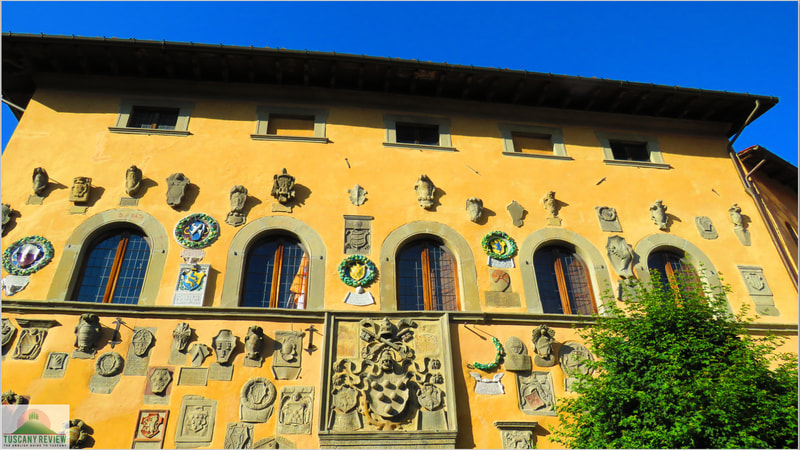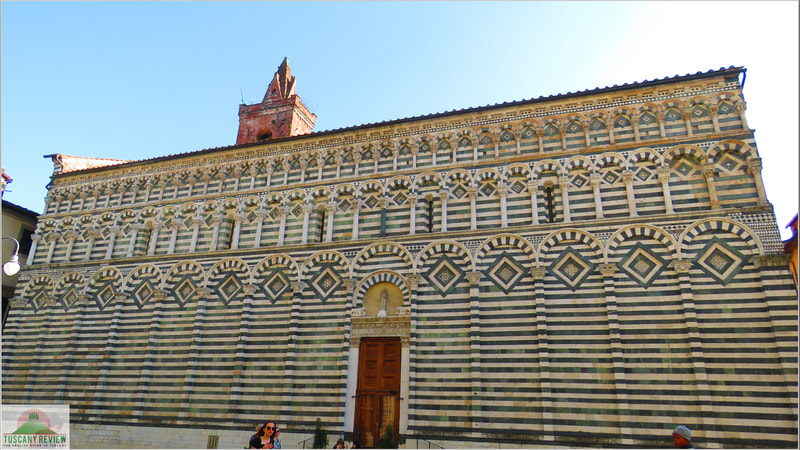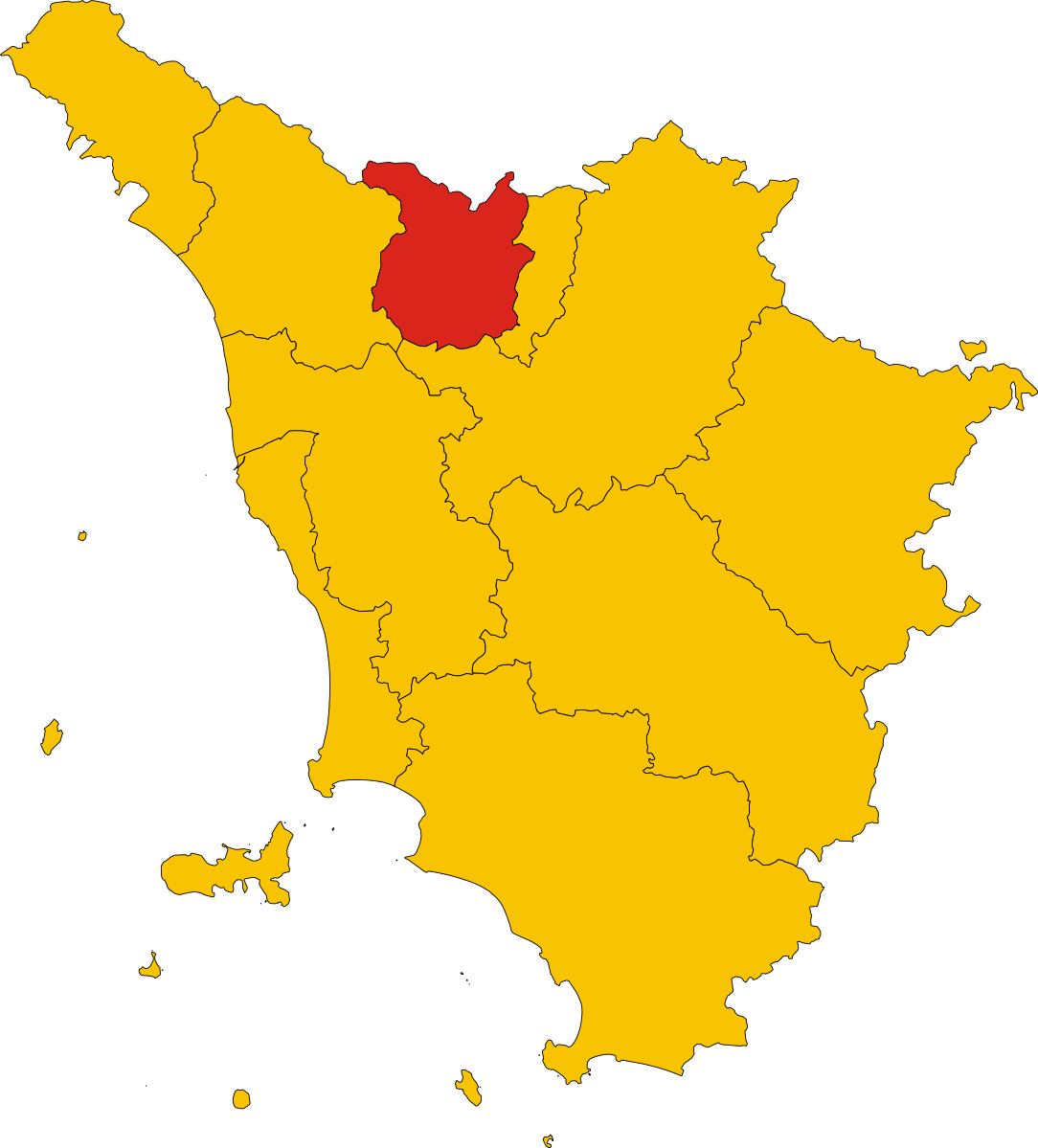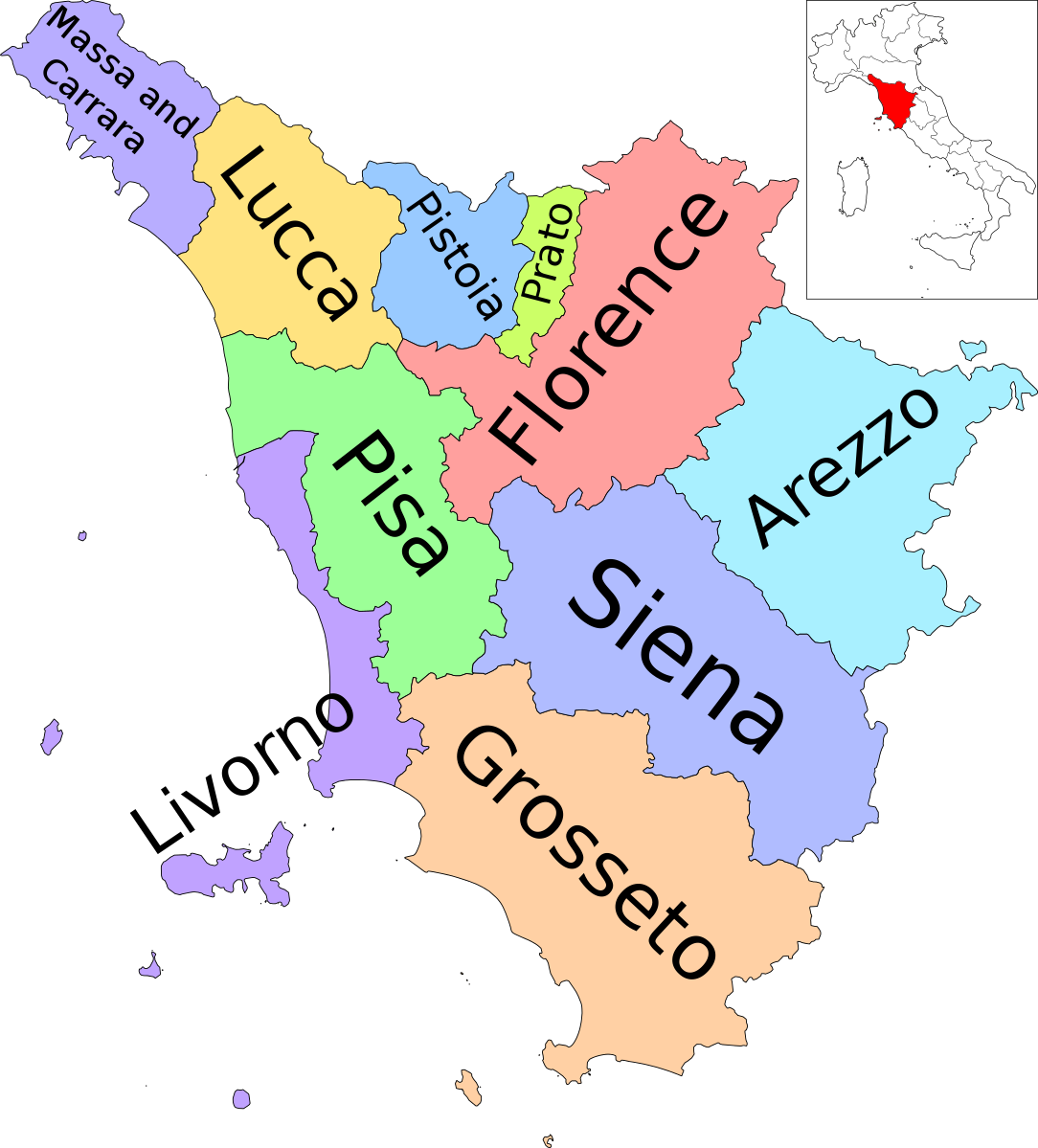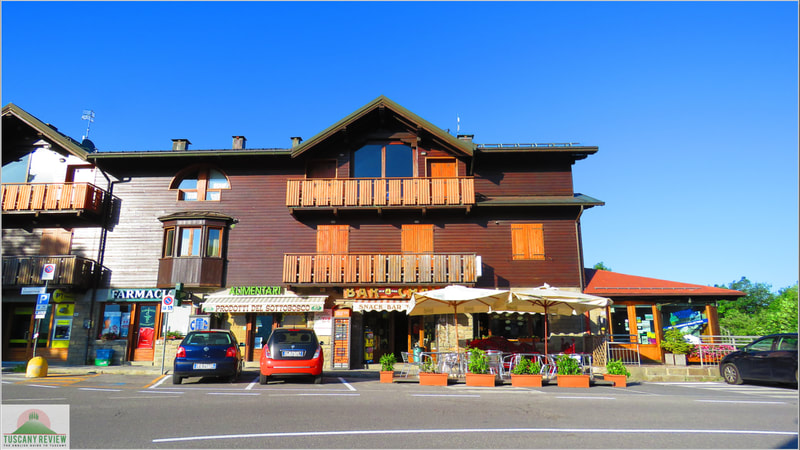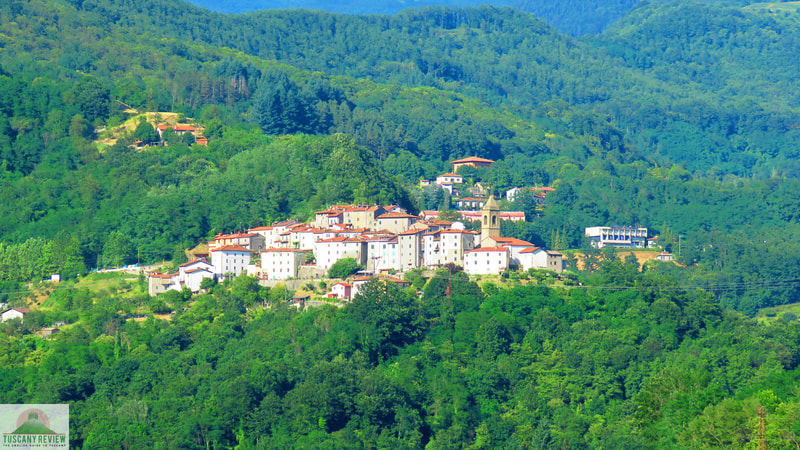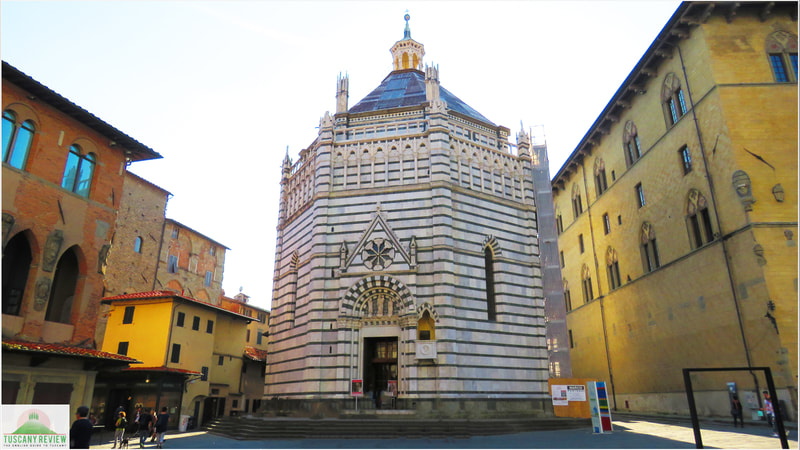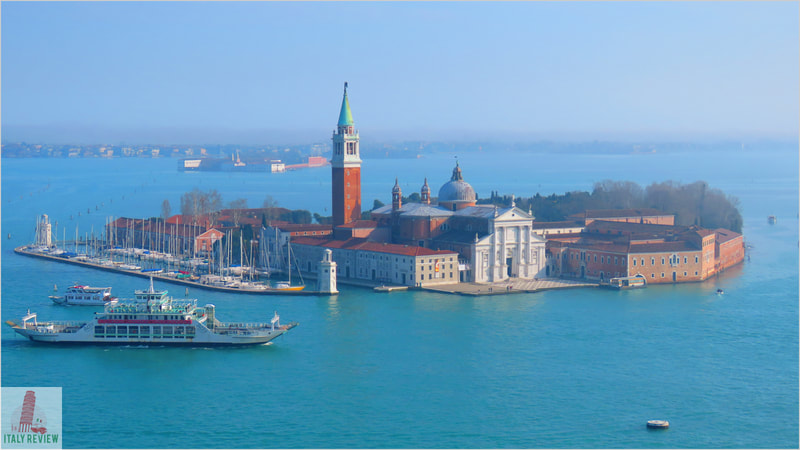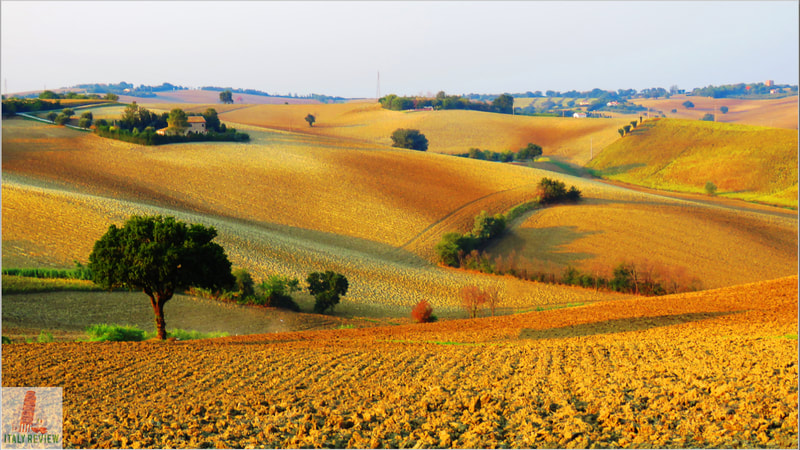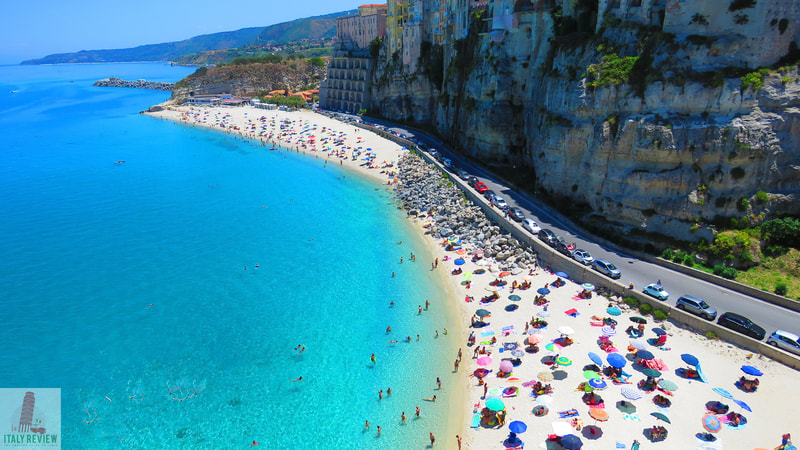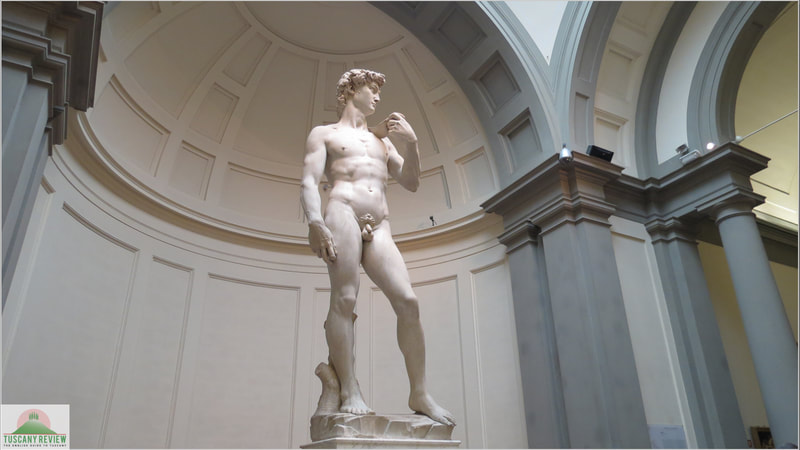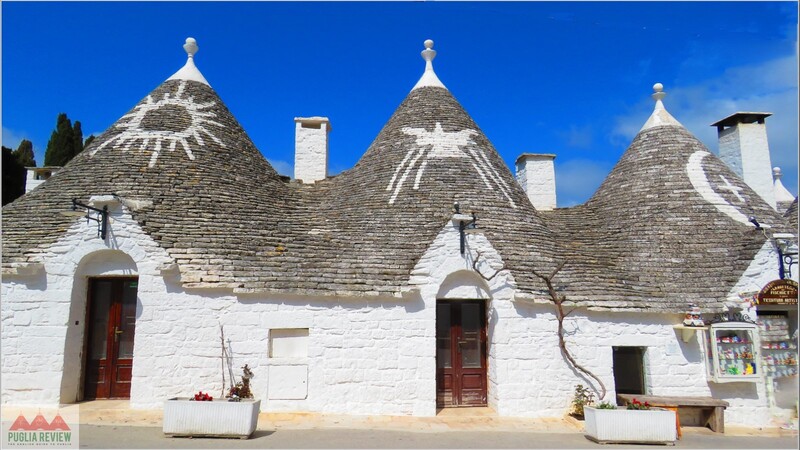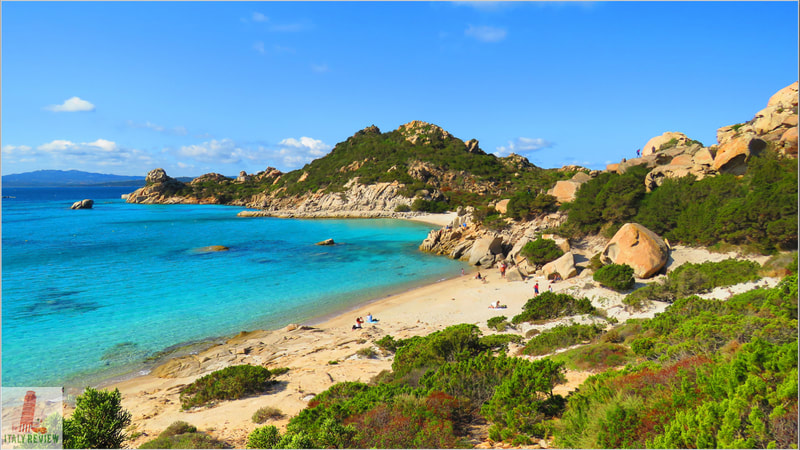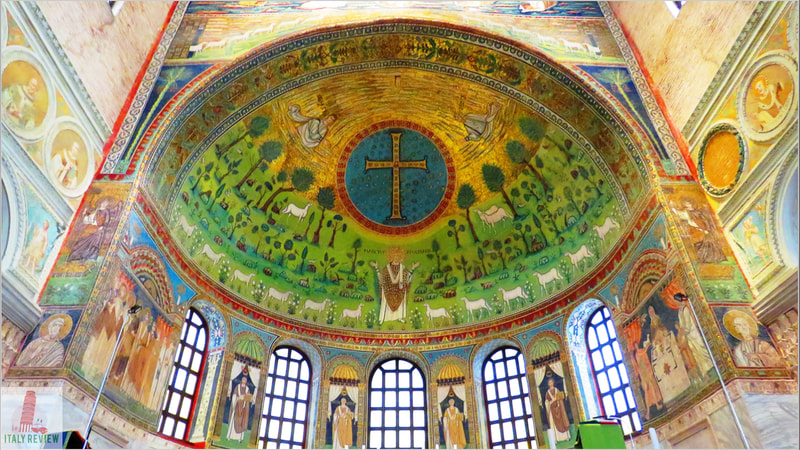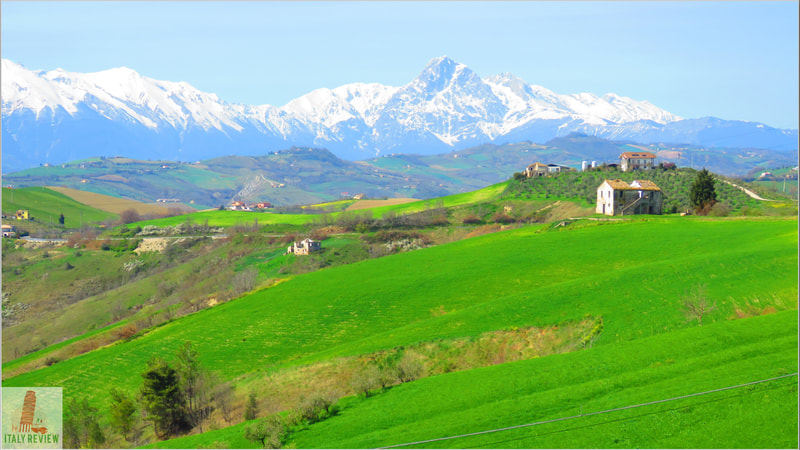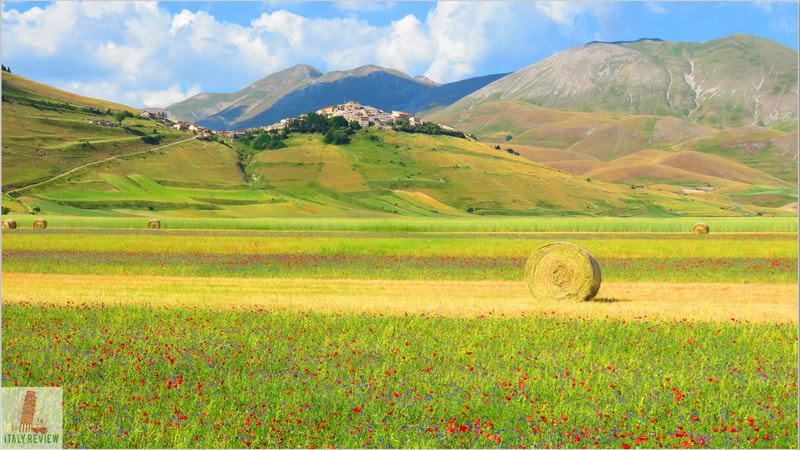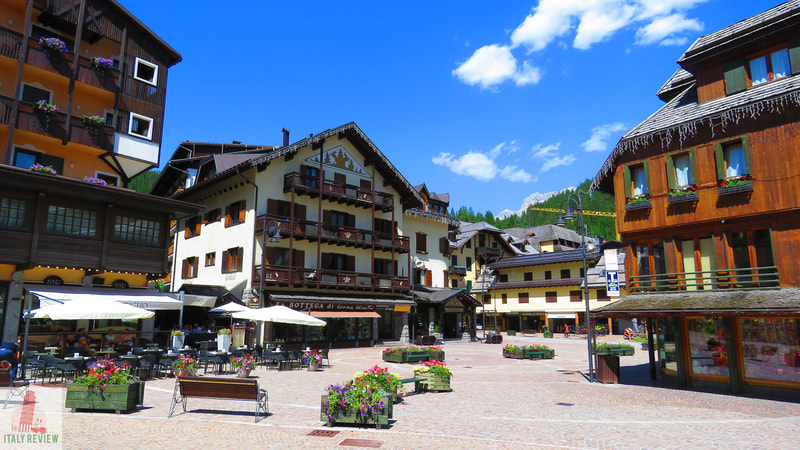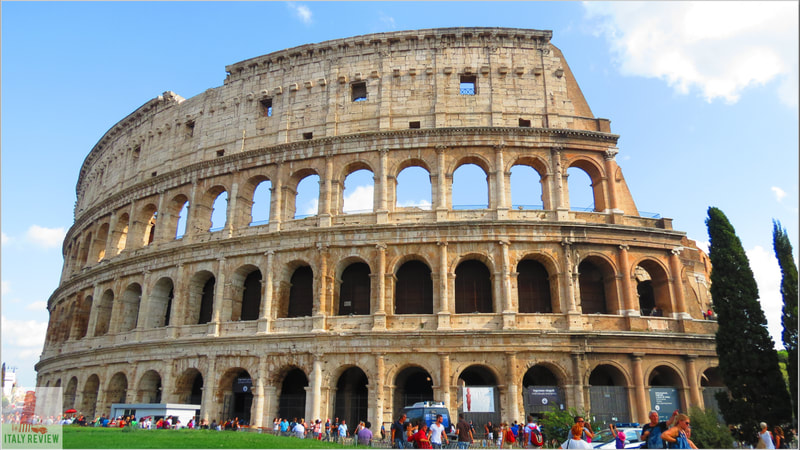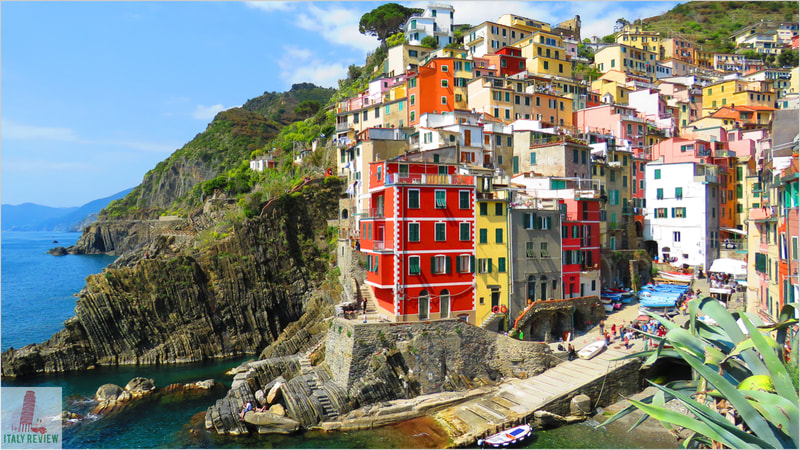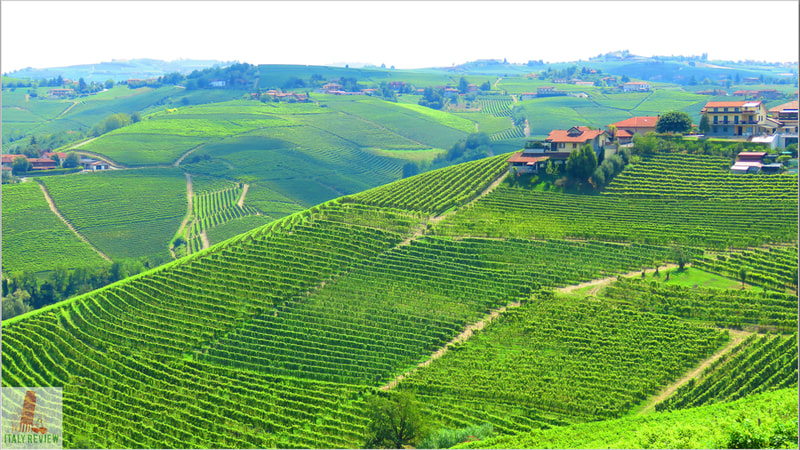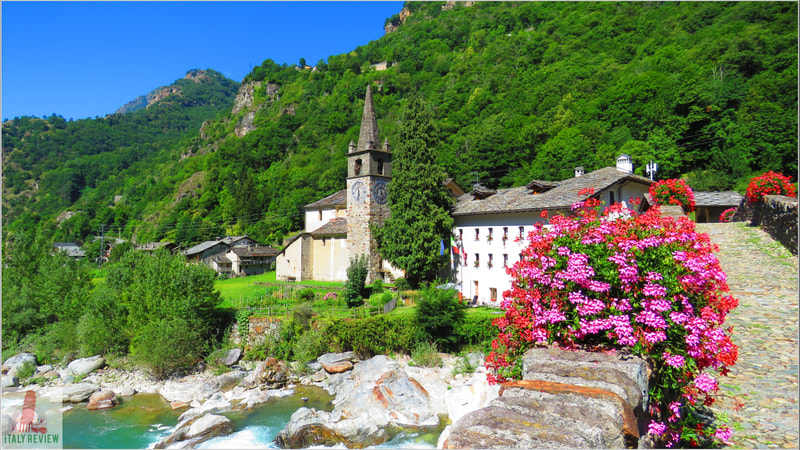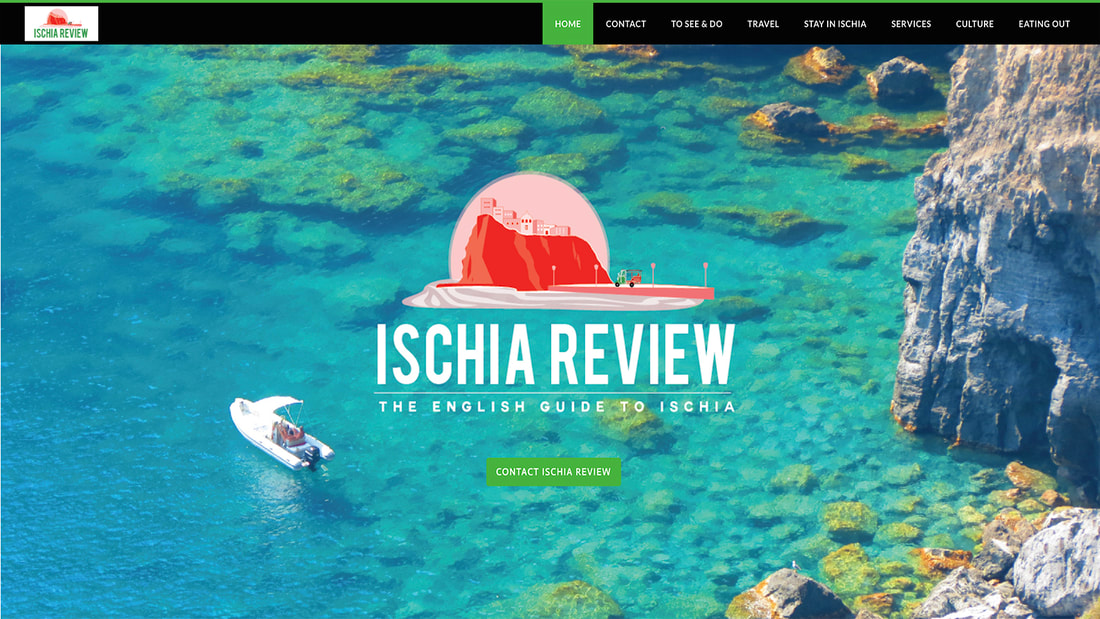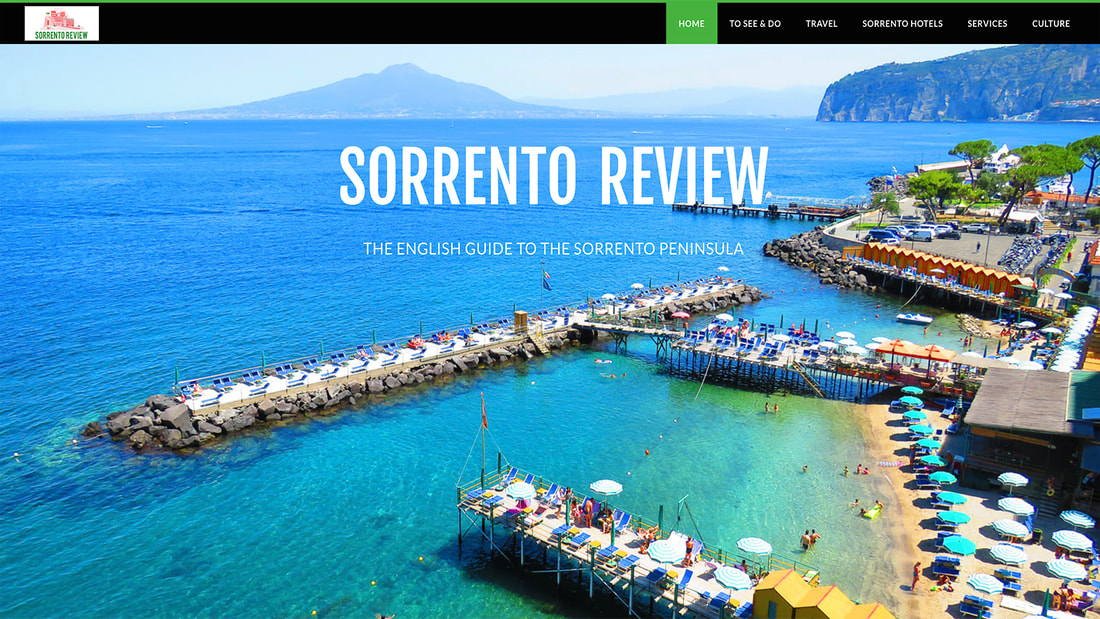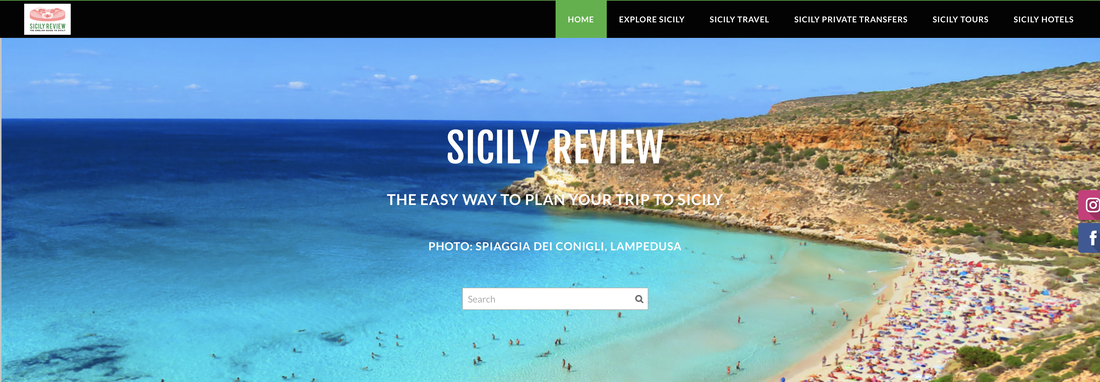Pistoia Province
|
By Dion Protani
|
Latest update: 27 November 2023
|
|
The Pistoia Province occupies a total geographical area of 964 square kilometres including the provincial capital city of Pistoia.
Within the province there are 20 provincial towns, which contain a total population of around 292,000 inhabitants. Among the highlights in the province are the town of Cutigliano, the Abetone ski resort and the village of Mammiano. |
Related links
Profile
Pistoia Province is a beautiful region located in Tuscany, Italy. It is known for its picturesque landscapes, charming medieval towns, and rich history.
History
The history of Pistoia Province dates back to ancient times, with evidence of Etruscan settlements in the area. During the Roman era, it was an important strategic center along the Roman road called the "Via Cassia." In the Middle Ages, Pistoia became a flourishing city-state and a hub for trade and culture.
The province witnessed significant artistic and architectural development during the Renaissance period, leaving behind a legacy of stunning buildings, churches, and artworks.
The province witnessed significant artistic and architectural development during the Renaissance period, leaving behind a legacy of stunning buildings, churches, and artworks.
Highlights
- Pistoia City: The city of Pistoia is the capital of the province and is often called the "City of Art and Culture." Its well-preserved historical center features medieval architecture, charming squares, and beautiful churches, such as the Cathedral of Saint Zeno and the Basilica of Our Lady of Humility.
- Montecatini Terme: This famous spa town is renowned for its thermal baths and wellness centers. Visitors can relax in the thermal waters and indulge in spa treatments, surrounded by elegant Art Nouveau architecture.
- Pescia: This medieval town is known for its picturesque historic center, characterized by narrow streets, quaint squares, and the beautiful San Giovanni Fuoricivitas Church.
- Collodi: The birthplace of Carlo Collodi, the author of "Pinocchio," Collodi is a charming village with a Pinocchio Park, dedicated to the beloved children's story.
- Fiesole Pistoiese: Nestled in the Apennine Mountains, this area offers breathtaking natural landscapes, ideal for hiking and outdoor activities.
- Vinci: Although not part of the province, Vinci is located nearby and is famous for being the birthplace of Leonardo da Vinci. Visitors can explore the Leonardo Museum and visit the house where the great artist was born.
- Local Cuisine: Pistoia Province boasts a delectable culinary tradition, with dishes like "tordelli" (stuffed pasta), "necci" (chestnut flour pancakes), and a variety of delicious cheeses and cured meats.
- Festivals and Events: Throughout the year, Pistoia Province hosts various festivals celebrating local traditions, food, and art. Notable events include the "Pistoia Blues Festival" and the "Luminara di San Ranieri" in Pisa.
Provincia di Pistoia
Neighbouring provinces: Metropolitan City of Florence, Prato, Lucca, Modena, Metropolitan City of Bologna
Neighbouring region: Emilia Romagna
Highlights: Abetone, Cutigliano, Mammiano, Montecatini Terme

